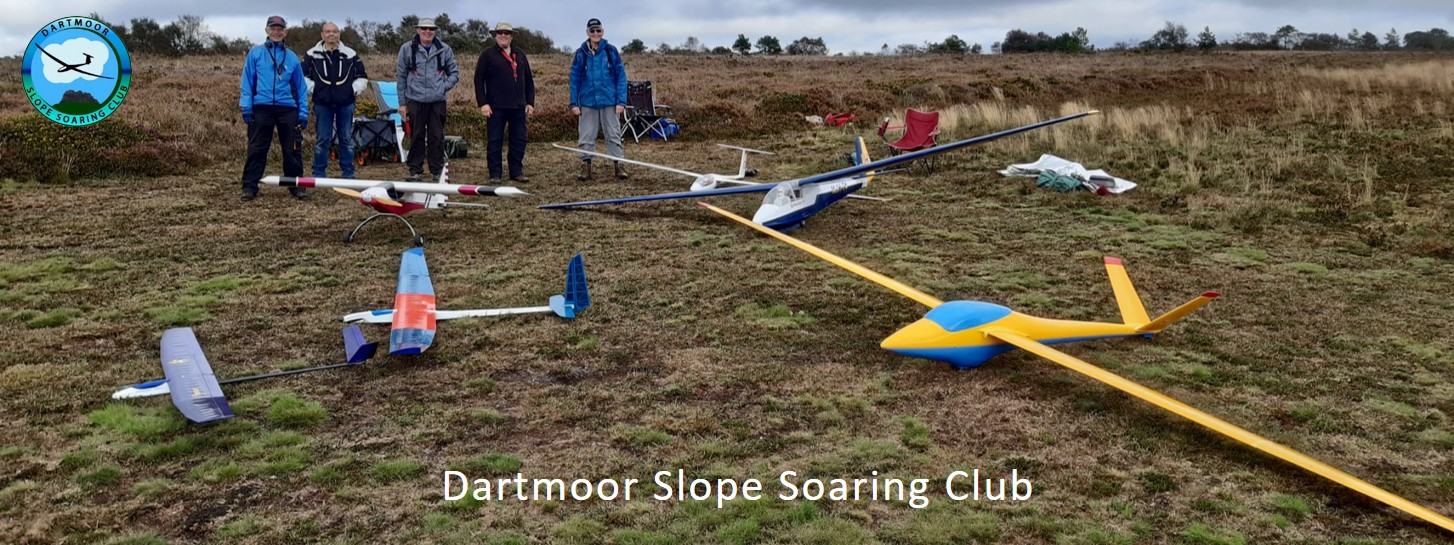Like most of my designs, the Old Phoney is a combination of ideas gleaned from other designs with a handful of my own thrown in for good measure. The wing shape is a cross between Black Magic and PD Parasol but the construction is completely different. Also the ailerons are much bigger and almost full-length. I figured that large surfaces with small deflections are probably more efficient than small surfaces with big deflections. I also wanted the ailerons to provide variable camber (flaperons) to (hopefully) give a wide range of possible airspeeds from ‘slow half-power vintage-style’ right through to ‘flat-out throwing it about a bit’. The aerofoil section is semi-symmetrical copied from the PD Parasol and Peter Miller’s Peggy Sue II – both very manoeuvrable models. I also wanted a smallish amount of dihedral – partly for looks but also to give me the option of flying rudder/elevator which I still like to do sometimes – but not so much dihedral that manoeuvrability was compromised.
Lightweight slightly aerobatic high-wings often gain rigidity by having struts (e.g. Cub J3). I wanted the rigidity without the struts so I added a bit of weight in the form of a couple of 8mm carbon tubes I had left over from a previous build. The additional weight was about equal to the weight saved by not having metal wing joiners. The tubes were so stiff I thought I’d get away without having LE sheeting. Some strength was gained by having capped ribs which I’d not done before. So here we go…

Started by pinning down two 1/4 sq hard balsa spars with slotted 3/16 sheet at the back

…added the LE and laminated tips

…then built the ailerons in situ, added the TE, and capping strip except where the wing joiners still had to be fitted

I joined the wing halves with 1/8 ply braces, a long one on the center spars, a long one to bridge the weak spots where the center-section sheet ended and the ailerons started, and a very short one epoxied behind the carbon rods. This is the point where I was just about to bury the servo extension leads under 1/16 sheet
I left it at this point and started work on the fuselage but something was bugging me. I’ve never covered a big wing that lacks LE sheeting and started to worry about how much the fore/aft tension of the Diacov 1000 (rather like Solartex) might sag between the capped ribs. It would only have sag by 1/16″ to come into contact with the front spar which would spoil the shape of the airfoil section between all the ribs. In the end I decided to add eighteen short ‘ribs’ as seen below:

Short ribs added, plus LE, TE, and laminated tips roughly sanded. I really like the look of the tip-ribs and with the laminated tips they are really strong but light.
The uncovered wings are plenty stiff enough spanwise but still twist quite easily. Fortunately the info about the covering from Sarik Hobbies says that Diacov 1000 “substantially reinforces all structures to which it is applied without stretching too much”. So all should be well. Now back to the fuselage…
